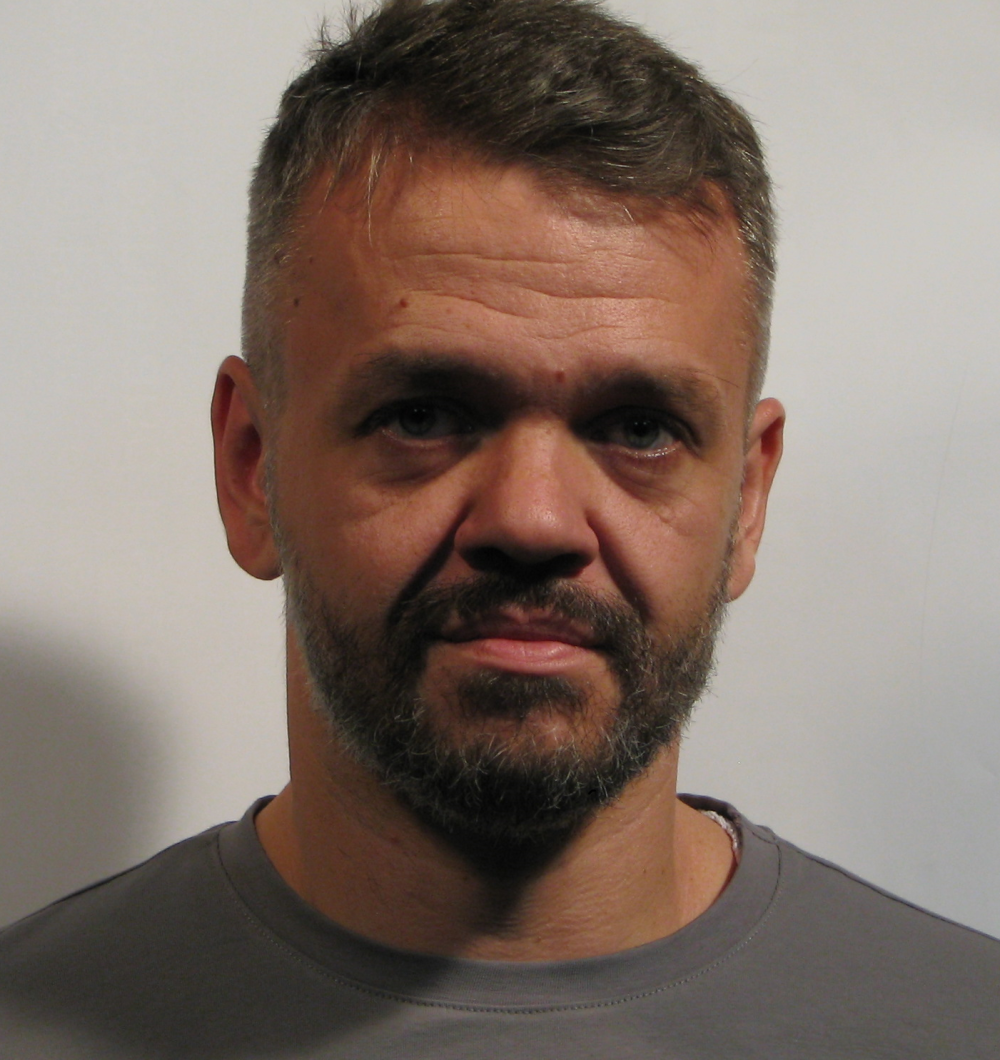
Prof. dr. Adnan Mujezinović
Abstract
The application of machine learning techniques and evolutionary algorithms enables a more efficient estimation of the electric field intensity and magnetic flux density in the vicinity of overhead lines. These methods offer flexibility in modeling, adaptability to different line configurations, reduced computational requirements compared to traditional techniques, and ease of application for the end user. The presentation will introduce a method based on artificial neural networks (ANN) that enables the estimation of the electric field and magnetic flux density using the geometric parameters of overhead transmission lines, as well as voltage and current values. Additionally, results will be presented on the application of random forests for estimating the magnetic flux density near overhead lines. These methods are based on an algorithm for generating overhead line configurations, which allows the creation of appropriate datasets for training machine learning models. Furthermore, a method for estimating the magnetic flux density near multi-system overhead lines will be presented. This method combines the results for individual three-phase systems to obtain the total magnetic field distribution near multi-system overhead lines and overhead lines sharing common transmission corridors. Additionally, a method for estimating higher harmonics of the magnetic flux density near overhead lines, caused by current waveform distortions, will be shown. The capabilities and benefits of metaheuristic algorithms for determining the magnetic flux density distribution through the application of parametric functions will also be discussed in this presentation. These algorithms enable more efficient model tuning to achieve greater accuracy in the estimation of the magnetic flux density near overhead lines. In conclusion, the presentation will demonstrate how the application of machine learning and evolutionary algorithms enables a more precise, faster, and scalable solution for estimating the electric and magnetic fields in the vicinity of overhead lines.
Keywords: machine learning techniques, evolutionary algorithms, electric field intensity, magnetic flux density, overhead transmission lines
Biography of the presenter
Adnan Mujezinović received the M.Sc. and Ph.D. degrees in electrical engineering from the Faculty of Electrical Engineering, University of Sarajevo, Bosnia and Herzegovina, in 2011 and 2017, respectively. Since 2012, he has been with the Faculty of Electrical Engineering as a Teaching Assistant and currently an Associate Professor. He has authored numerous conferences and journal articles. His research interests include numerical calculations of electromagnetic fields, cathodic protection, and transmission lines.

